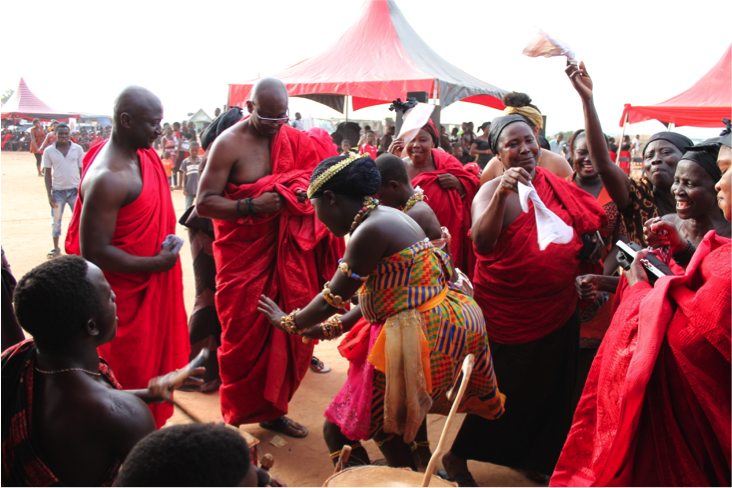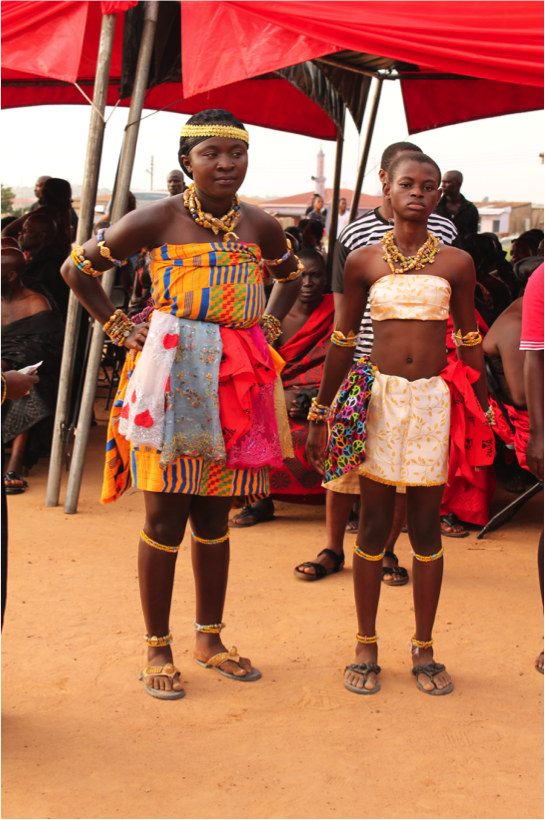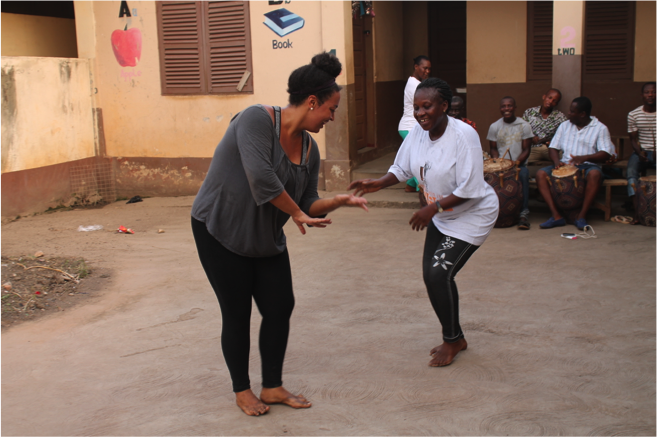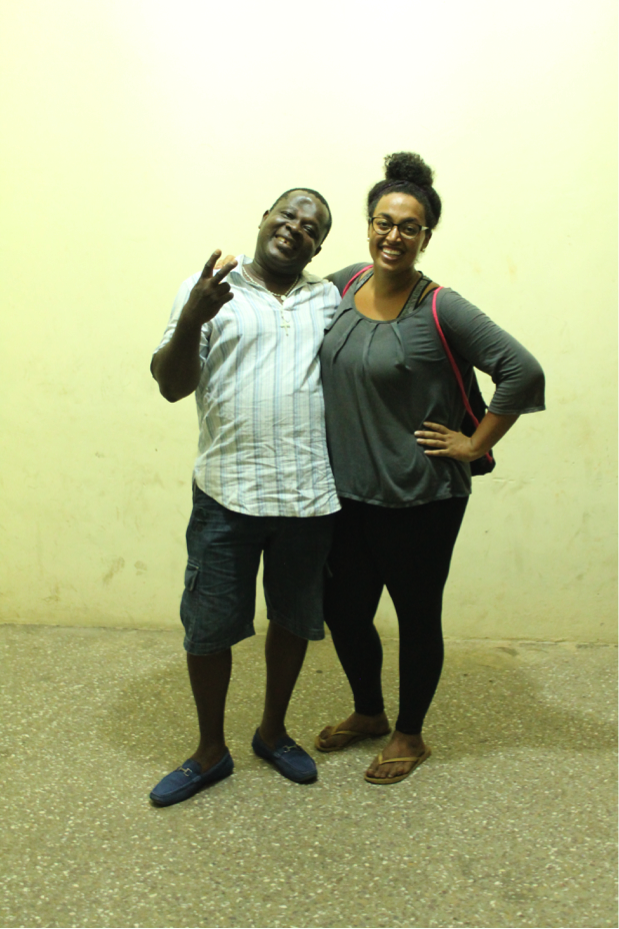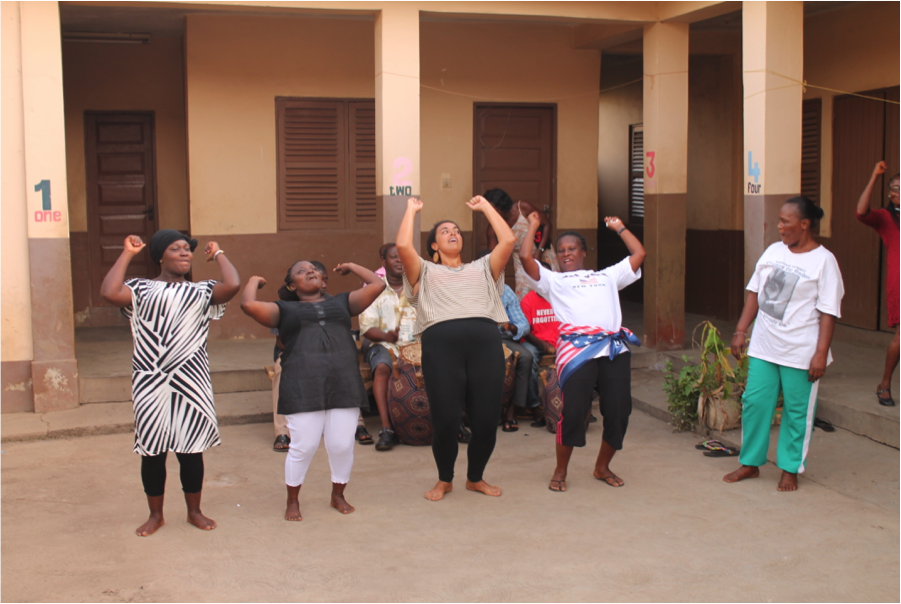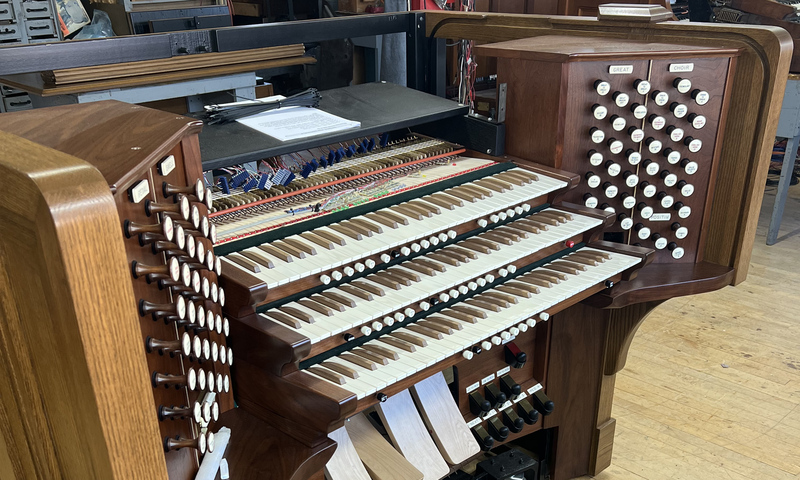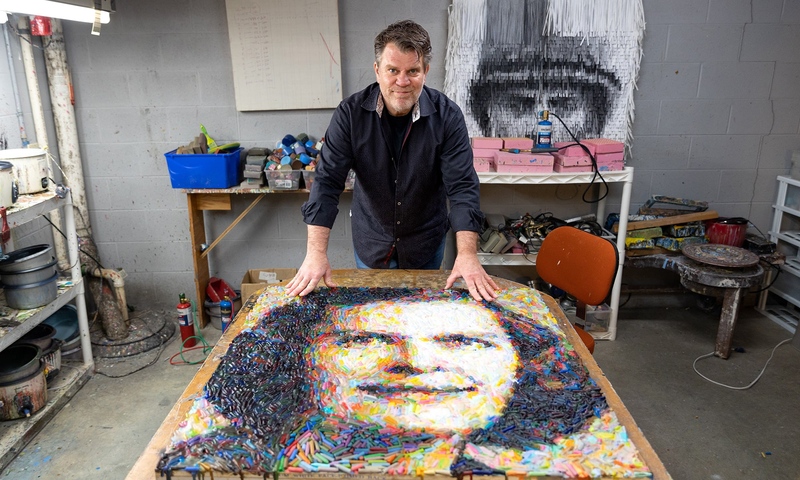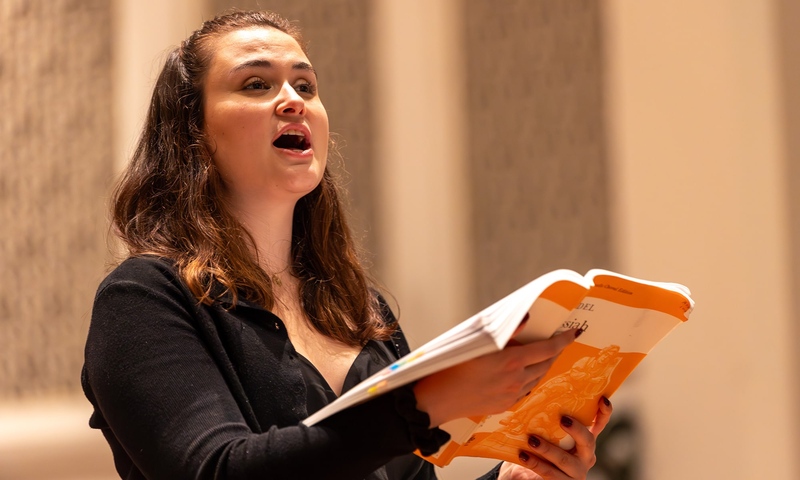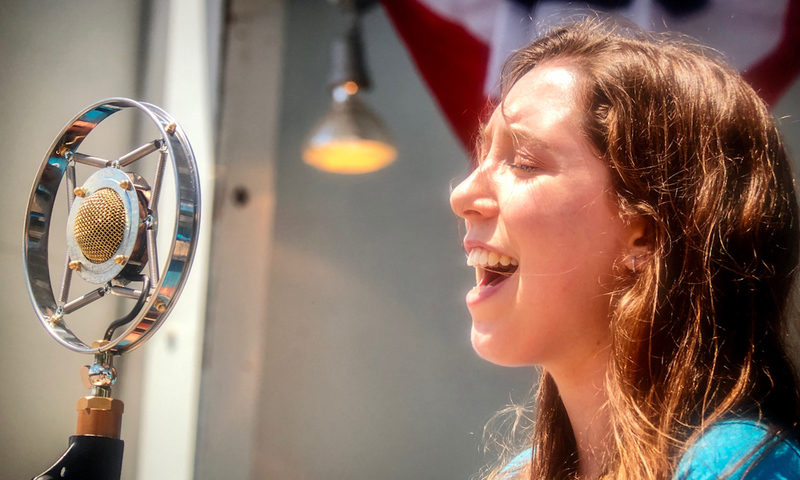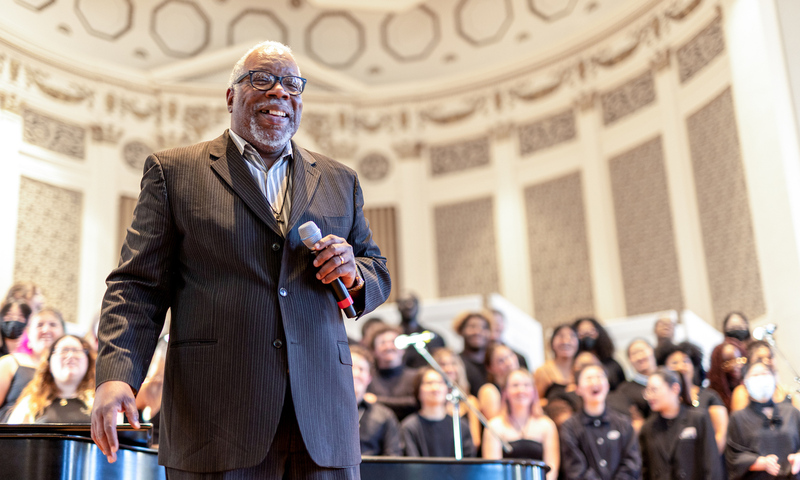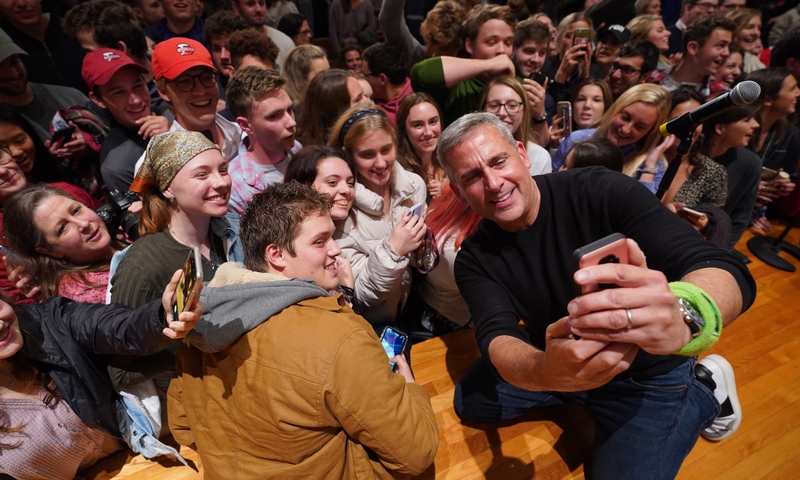For my Spring 2015 semester I had the absolute privilege of studying abroad in Ghana.
Life in Ghana was very different from life on the hill— every day was a new adventure and the multiple aspects of Ghanaian culture were so humbling to experience. By choosing to study abroad with the School for International Training (SIT:Ghana), I knew that a vast part of my education would be based on firsthand experiences. Along with the five other students on the program, I was introduced to Ghanaian culture by living in both rural and urban areas, studying and practicing the language “Twi,” learning traditional forms of both Performing and Visual Arts, and cooking and eating food that puts any old “American” dish to shame!
Being a Dance and Black Studies double major with a primary focus in West-African dance, I originally chose to study abroad in Ghana to receive dance training within an actual West African country. I had the privilege of studying traditional Asante dance forms— Kete, Adowa, and F³nt³nfr³m—with The Arch Bishop Sarpong Musico Liturgical Cultural Troupe. The work that I did with the troupe inspired my independent research project, titled: “Without You We Are Nothing: How Traditional Dance Impacts the Asante Cultural Identity.”
I traveled to Ghana with the intention to study dance, but what I gained was so much more. Being in Ghana encouraged me to ask questions:
- What is my purpose here, both personal and as a Denison University ambassador?
- How is this experience bettering myself as a dancer, student, and/or human being?
- What will I take away from this experience and bring back to my community on the hill?
- How has this changed my critical thinking process?
- How has this changed how I relate with my identity as a bicultural-biracial Black-Female-Artist?
Lessons I learned:
- Greetings and/or introductions are so important.
- A country is not built for your comfort, but for the comfort of its own people.
- You can tell where a person is from by how they greet someone, their attire, their use of dialect, and how they dance.
- Dance is a language.
- “The Stranger has big eyes, but sees nothing.” Learn to see.
